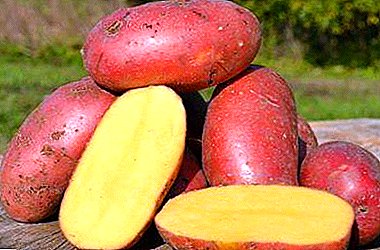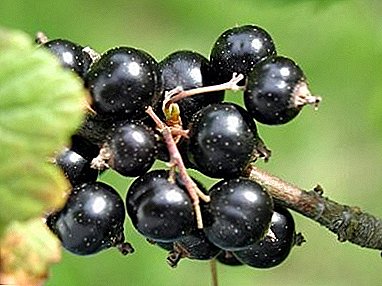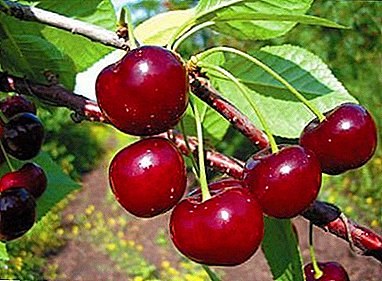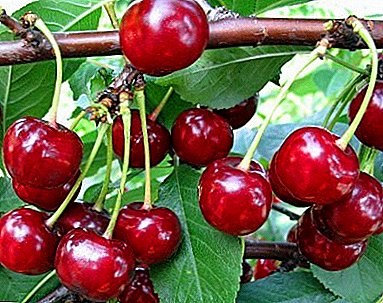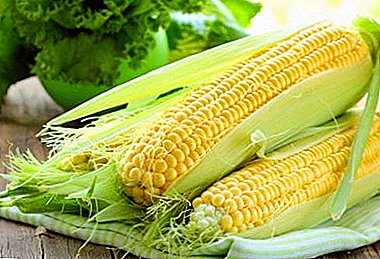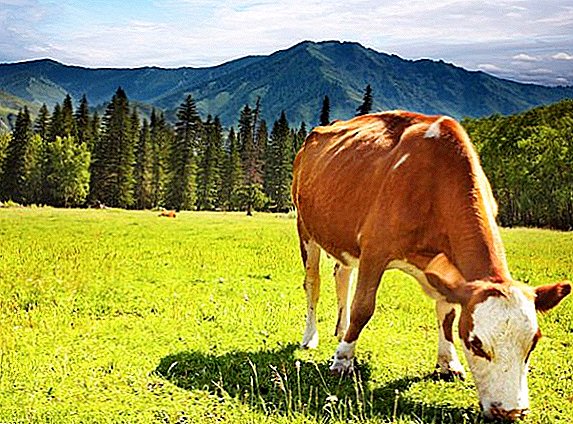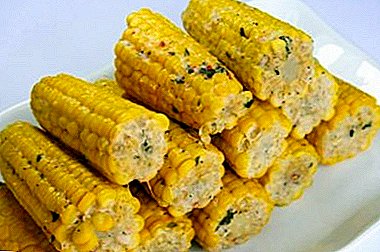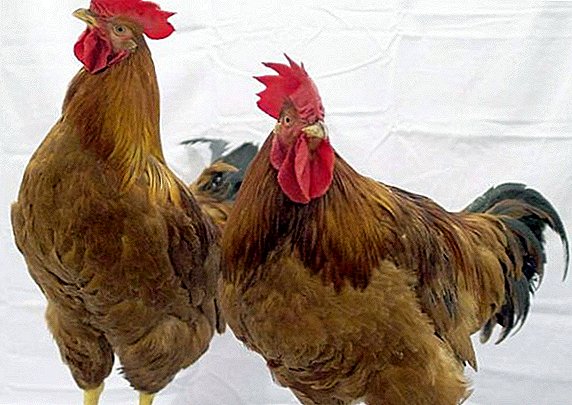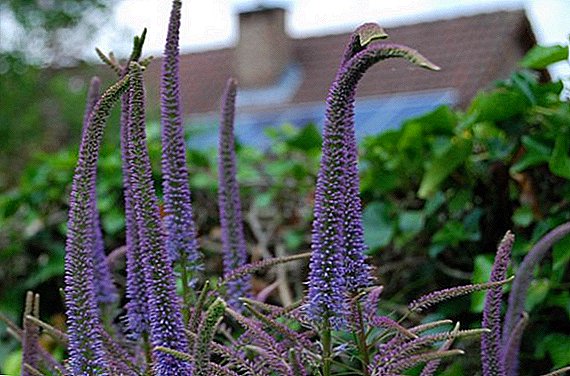 Veronikastrum is a plant of the plantain family, which is actively used in landscape design. Its interesting bloom enlivens and transforms even the most abandoned and shady corners of wild gardens.
Veronikastrum is a plant of the plantain family, which is actively used in landscape design. Its interesting bloom enlivens and transforms even the most abandoned and shady corners of wild gardens.
Botanical description
This is a perennial herbaceous plant that, on average, reaches a height of 130 cm. The rhizome goes deep into the ground and eventually becomes woody. The leaves are lancet-shaped and collected in the form of palm trees.
The inflorescence has the form of a panicle, reaching up to 15 cm in length. It consists of many small flowers of white, lilac or pink shades, it depends on the type of flower. It blooms in summer from mid-June to late August.
Popular plant species
Landscape designers have chosen several of the most striking varieties with the most beautiful flowers. They very harmoniously fit into a single style with miscanthus, asters, echinacea and landscape varieties of large cereals, such as praying, reed grass, etc. Veronikastum became these popular grades:
Sort "Pink Glow" - upright plant, up to 1.3 m in height. It blooms more than 1 month. Inflorescence hue - creamy pink. Keeps a captivating look both during flowering and after. Both single-planted and planted specimens look impressive.  Sort "Pink Glow"
Sort "Pink Glow"
Did you know? In different sources, Veronica is referred to the family as the norichnikovye, or the plantain family. Botanical news for 2016 reports that Veronica and Veronikastrum have finally identified the plantain family.AT variety "Posea" Clear advantages are the height of plants up to 1.6-1.7 m, this is the highest representative of the family, and of a very delicate pink shade of flowers.
 Variety "Posea"
Variety "Posea"Perennial plants such as hionodox, trillium, hibiscus, garden geranium, Stsevola, forest forget-me-not, Carpenterium, Agapanthus, small-scale-dormitory, astrantia, cosme, liverwort, pestemon, canarya, orebeckia, lupine, sparaxis, asthma, creepantus, canaryacte, orebeckia, lupine, sparaxis, asthma, creepantus, caninera, orebeckia, lupine, spraxis, heartfelt will decorate your garden.
Alba variety - low plant, blooming beautiful white color. The length of the inflorescence can reach up to 20 cm. It is popular with landscape painters to design accents in the overall design decision. Attracts insects, especially butterflies. The plant is frost resistant and unpretentious to the soil.  Variety "Alba"
Variety "Alba"
Did you know? Veronica and Veronikastrum systematists have long wanted to define a separate genus. They are united only by the types and colors of the inflorescences. And the most significant difference - growth. Gentle Veronica is not correlated in any way with the giant Veronikastum, which by the time of flowering can reach 2-2.5 meters in height.
In height grade "Fascination" gaining up to one and a half meters. But differs lavender inflorescence color with a cream shade of pink. As well as the reddish tint of the leaf plate, which looks particularly attractive in vegetable design. But gardeners call the Siberian and Virginian Veronikastrum the most common varieties.  Sort "Fascination"
Sort "Fascination"
Veronikastrum Siberian
This type of plant grows to 1.8 m. It has a strong stalk without branches. Floor arrangement of leaves. Blooms spike-shaped inflorescences of blue color, which can reach up to 30 cm in length. Can be placed both in the sun and in the shade.
A distinctive feature of this type - it is not subject to disease. It is worshiped by insects and pollinators. He achieves the necessary parameters a little longer, it will be necessary to wait a little, but one more plus of him is that he is unpretentious in the care and soil. And one more "bonus" plus sign - even after the plant has faded, the spikelet can not be cut off, it looks nice even in a "pigtail". 
Veronikastrum virginsky
In height reaches up to one and a half meters. The color depends on the variety, the height of the inflorescence is up to 30 cm. The leaves are located all over the stem. It has a strong root system.
Did you know? The uniqueness of the variety "Fascination" in that its inflorescences grow together into one, this phenomenon is called fasciation. In principle, hence the name of this variety. At the exit, the spikelet is uneven, curved, with a rugged edge of a pleasant lilac color - it looks very impressive and exotic.
The plant is resistant to low temperatures, does not require much preparation for wintering. The stem is branched. It is recommended to plant only in places with free access of natural light, because without it the stem develops less. It is also very resistant to all sorts of diseases and pests. 
Application in landscape design
Veronica is a perennial plant with a strong root system. It is frost-resistant, beautifully blossoms. To prepare for the winter, you just need to trim and prepare the soil by mulching. It is able to withstand the competition of growing plants used in landscape design.
Different varieties easily tolerate both excess moisture and its deficiency. It grows in columns, but the stem is quite resistant to wind gusts. Does not require support and garters. Its spikelet inflorescences have very beautiful natural shades and smell good, always attracting a huge variety of insects.
Veronikastrum looks favorably in tandem with roses, cereals, lavender, phlox. And perennials combined with annuals, and this is another marker that the composition of your garden is not old-fashioned. 
Planting and care at home
The plant is popular because it multiplies well and easily and does not require daily care in the garden. The site for planting is chosen depending on the variety: either partial shade or open to sunlight. Veronica loves mineral dressing, but do not abuse it. Three times a season is enough.
Choosing a place
Despite the fact that the plant is unpretentious, there are several nuances that should be taken into account when landing:
- It is advisable to plant in loose soil, it is good to pre-fertilize with peat - the plant loves fertile soil.
- It is advisable to choose sunny places.
- To avoid strong drops in soil moisture, you can mulch it with mowed grass, sawdust, pine needles or straw.
- Preparing for winter: cutting and mulching the soil.

Soil and fertilizing
An overabundance of such a favorite mineral dressing can lead to the fact that the stem becomes thinner and brittle, less resistant to external factors. It can also affect the intensity of flowering. Therefore, the first feeding is better to hold before planting, and then - as needed.
Important! With intense precipitation, the plant can bend strongly under the weight of wet inflorescences, foliage, etc. It is necessary to lift the bushes and strengthen them on supports, in a few days they will rise again to their former order.
Humidity and watering
The plant is well tolerated and an overabundance of moisture and lack. In order to maintain a balance, it is necessary to apply the method of mulching, which we discussed above.
Read more about the different types of soil, fertilizer systems for them, and also find out what the basic properties of the soil, how to improve soil fertility.

Breeding
The easiest and most convenient method of reproduction is cutting and dividing the bush. The bush very easily transfers these operations, very quickly takes root in a new hole and blooms for the third year. The best time is early spring or late autumn. During flowering, the plant does not propagate.
Dividing bush
If the bush must be transported, the rhizome with well-watered soil is packed in cellophane and transported to a new place.
The reproduction process itself is as follows:
- the soil under the plant is well poured with water;
- remove the root system and divide into parts;
- depending on the age of the source bush, its rhizome may be stiffened, so an ax may be needed to separate it;
- in each part of the keep alive the escape of the stem;
- landing in the ground should be carried out as soon as possible.

Cuttings
The method of grafting is also well proven, but it requires a little more effort and time.
Cuttings are also propagated by plants such as petunia, common heather, clematis, rose, azalea, dracaena, ivy, Brugmancia, plumeria, royal geranium, girlish grapes, chrysanthemum.This method is carried out only in spring, since the planted cuttings should be hardened in the soil:
- Soil preparation is obligatory: loosening, peat, organic matter;
- chopped cuttings can immediately be planted in prepared holes, and can be preliminarily held in water until the roots appear;
- after landing on a permanent place by winter, we mulch the soil in the root zone.

Seeds
Reproduction by seeds is also logical to carry out only in the spring. For seedlings prepare a special soil with maximum fertility.
- special containers and cassettes are used;
- seeds are planted to a depth of 1.5 cm and poured with water before compaction of the soil;
- the finished container is covered with a thick film or glass;
- after 10 days you can see the first green shoots;
- further support irrigation, important drainage at the bottom of the tank;
- The resulting seedlings are planted in a permanent place at the end of May.
Diseases and pests
In principle, the plant is very resistant to all sorts of diseases and pests.  Powdery Dew on Veronikastrum Leaves But there are several "diagnoses" that can affect shrubs, but this is most likely an exception to the rule:
Powdery Dew on Veronikastrum Leaves But there are several "diagnoses" that can affect shrubs, but this is most likely an exception to the rule:
- downy mildew - white powdery mildew of fungal nature, causing drying of the leaves;
- powdery mildew - a fungus that infects different parts of a plant;
- and stains on the leaf plates.
We recommend to read about how to get rid of powdery mildew.
It is possible to prevent infection by proper timely care, spraying of both specific preparations and solutions of their own preparation. But the most important thing is that even the affected plant can be saved. Veronikastrum - unpretentious perennial, retaining the charm of natural flowers.
Important! The main preventive measure can be considered to prevent stagnation of water in the hole and mulching with pine conservator, which in its properties is very similar to antibacterial "therapy".

Depending on the brand, designers solve different problems in design:
- shading pink varieties;
- create a smoky effect;
- hiding the blackening of other plants in the flower bed;
- emphasize the boundaries and thresholds.


